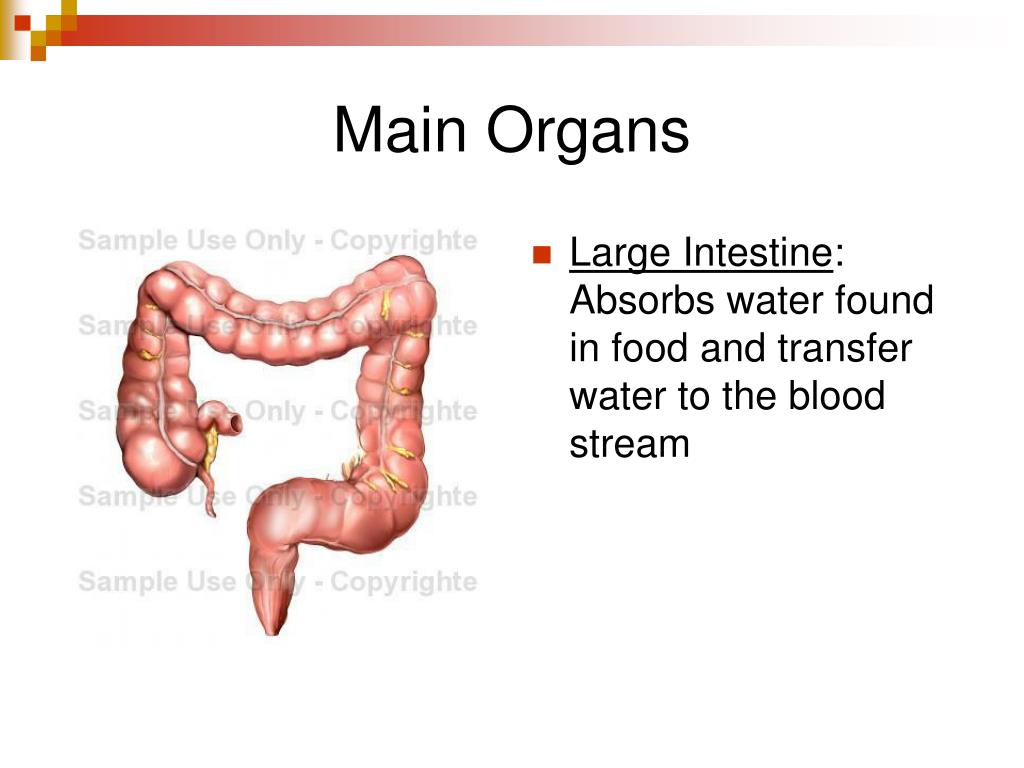

Water is important for healthy digestion. RELATED: Are You Drinking Enough Water? These Are the Health Risks of Dehydration 3. However, as research notes, there is no evidence to prove that increasing your fluid intake will cure constipation. Water is also important for helping prevent constipation, points out the University of Rochester Medical Center. Water helps your kidneys remove waste from your blood and keep the blood vessels that run to your kidneys open and filter them out, according to the National Kidney Foundation. Water Helps Your Body Remove WasteĪdequate water intake enables your body to excrete waste through perspiration, urination, and defecation. In addition, water helps protect the spinal cord, and it acts as a lubricant and cushion for your joints. You know how it feels when your eyes, nose, or mouth gets dry? Keeping your body hydrated helps it retain optimum levels of moisture in these sensitive areas, as well as in the blood, bones, and brain. Water does more than just quench your thirst and regulate your body's temperature it keeps the tissues in your body moist, according to the Mayo Clinic Health System. Water Protects Your Tissues, Spinal Cord, and Joints No (Humans don’t have the digestive enzymes to break down fiber, but some is fermented by gut microbes in the large intestine.) It is then transported to the liver where it is converted to glucose. What is absorbed into the villi after digestion?įructose. Is this carbohydrate enzymatically digested? (enzyme name) However, some dietary fiber is fermented in the large intestine by gut microbes.

Fiber in food is not enzymatically digested in the digestive tract, because humans don’t have enzymes to do this.Starch in food is broken down (enzymatically digested) in the digestive tract to glucose molecules.Disaccharides in that grape or in a food like milk are broken down (enzymatically digested) in the digestive tract to monosaccharides (glucose, galactose, and fructose).


(Recall that if a person is lactose intolerant, they don’t make enough lactase enzyme to digest lactose adequately. Action of the enzymes maltase, lactase, and sucrase. Sucrose is digested by sucrase, forming glucose and fructose. Lactose is digested by lactase, forming glucose and galactose. Maltose is digested by maltase, forming 2 glucose molecules. When it comes to digesting your slice of pizza, these enzymes will break down the maltose formed in the process of starch digestion, the lactose from the cheese, and the sucrose present in the sauce. The rest of the work of carbohydrate digestion is done by enzymes produced by the enterocytes, the cells lining the small intestine. \): The enzyme pancreatic amylase breaks starch into smaller polysaccharides and maltose. (Copyright author via source)


 0 kommentar(er)
0 kommentar(er)
